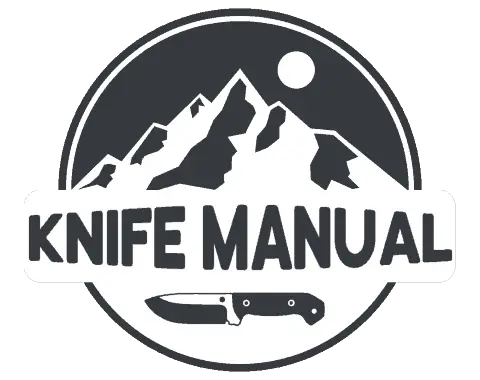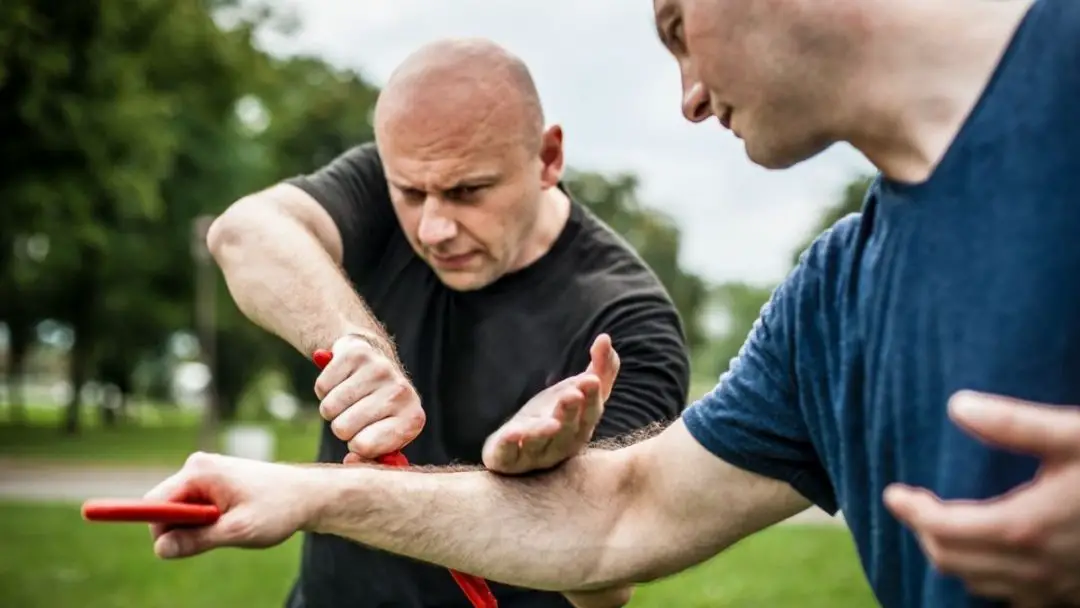
A lot of the time people talk about how you should carry a knife for self-defense, but they never really talk about how to effectively use when the need arises. So what are the best ways to hold and use a knife if you find yourself in a scenario where you have to defend yourself?
The best knife grip for self-defense is the one you feel the most comfortable using and allows you to maneuver the easiest. There are many knife self-defense styles and techniques but one of the core principles for almost all of them is to keep the tip of your knife pointed toward your attacker.
The skill and art of self-defense is an intricate and often complicated subject. There are so many different styles and techniques for self-defense with a knife, as well as the moral and legal side of it.
However, learning to defend yourself with a knife doesn’t have to be that complicated and hard if you just stick to the basics and master them. It’s a skill you hope you never have to use, but it can be lifesaving in many instances if done right.
Table of Contents
How to Hold a Knife for Self-Defense
The number of different knife grips and maneuvers that can be used in a self-defense situation are almost endless. There are, however, some pretty simple and basic knife grips that will serve you well in whatever situation you are in.
While not really revolutionary, they do have their different uses and can be quite effective in a situation where you have to use your knife to defend yourself. They are some of the most basic grips for holding a knife, so they are quite simple to learn and are a good starting point to eventually learn more advanced grips and techniques.
A scenario where you must defend yourself with a knife is most likely going to be quite chaotic and fast-paced. You usually won’t have time to carefully grab your knife in the correct grip and think about how you are going to use it.
Depending on what knife size, style, and design you have, the most effective and best knife grip will often change. But, The best and most effective knife grip for self-defense is always the one that you naturally go to and allows you to use your blade to the best of your ability.
Don’t get caught up in the “proper way” to hold a knife for self-defense because none of it will matter in an actual life-threatening situation. Just do what feels comfortable and practice using your knife and whatever grip you like. The key is practice.
Forward Knife Grip: The Filipino Grip
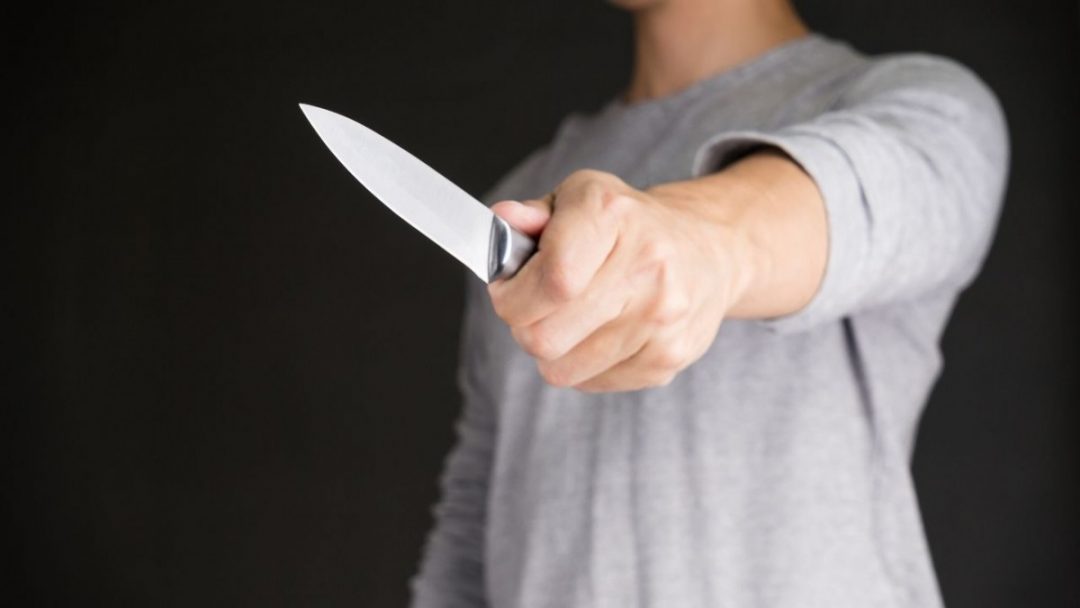
The Filipino grip is a great and very flexible grip that allows you a wide range of motion and options. This grip is really good for smaller knives but can work for just about any blade.
To form the grip, simply grasp your knife in the same general position that you would shake someone’s hand. Your thumb should rest on the spine of the knife and your other four fingers can curl up under the handle for a secure and flexible grip.
The Filipino grip is actually a very normal and easy-grip that many people use on a daily basis without realizing it. It is kind of like your go-to and stereotypical knife grip when you think about basic ways to hold a knife.
This grip is very natural and will allow you to do a lot of different maneuvers and techniques with your knife. One of the simplest and most practical grips out there, the Filipino grip is definitely one of the first ones you should learn if you are just starting out but also is very applicable and useful if you are more advanced with knife self-defense.
Reverse Knife Grip: Edge In/Out
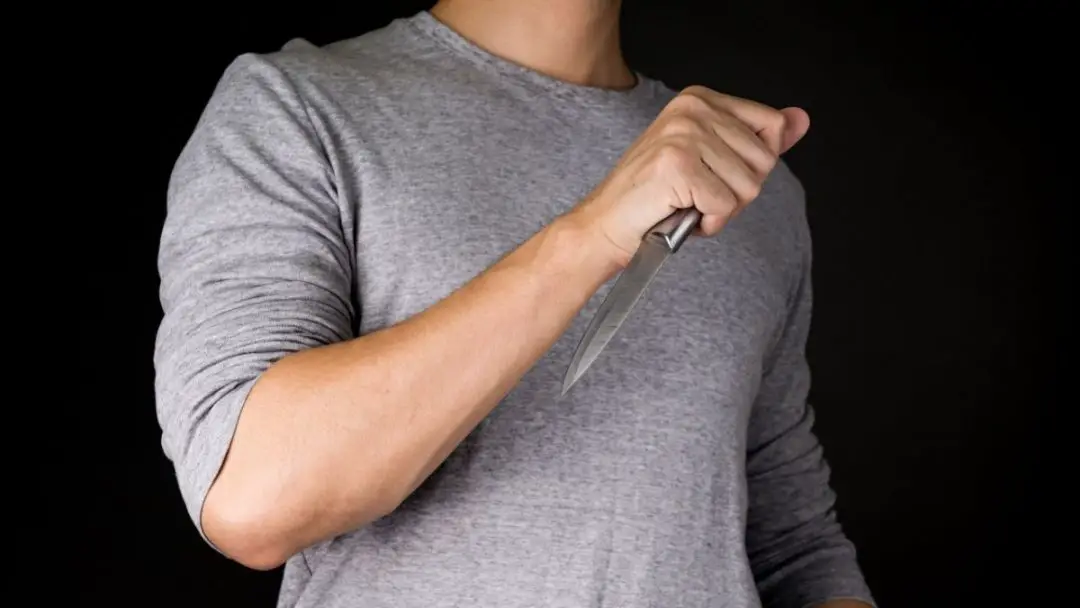
There are two basic variations of the reverse grip: one with the edge of the knife facing outward and one with it facing in. Both are very practical and useful knife grips that are good to learn and have many different uses.
To form a reverse knife grip, grasp your knife with the blade facing downwards. Your thumb should either curl over the butt of your knife or around the handle while your other fingers tightly grasp the knife handle as well.
While it is a little less versatile and effective as the Filipino grip, the reverse knife grip is a great knife grip to use once you have the basics of knife self-defense down and are ready to advance your technique and skill.
The reverse knife grip is really good for more of a downward stabbing motion with a lot of power behind it. It is a little bit harder to maneuver your knife when it is in the type of grip, but with some practice, you can become quite good and effective with the reverse knife grip.
How to Use a Knife for Self-Defense
As I have probably mentioned many times, there are many different ideas, styles, and techniques when it comes to self-defense with a knife but it really comes down to what is most effective in the moment of need.
You can train and prepare as much as you like, but the truth of it is when you are in a situation where you need to defend yourself and it is so bad that drawing your knife is justified, you are not going to have time to think about what move you are going to do or how you are going to grasp your knife.
When it comes down to it, reflexes will be doing most of the work in an actual self-defense situation.
However, there are some guiding principles and guidelines that will make escaping from a bad situation a little easier if you are being attacked and you have a knife available to use for self-defense.
Correct Motion
There are several different motions and techniques that you can use if you ever need to defend yourself with a knife. They all have their uses and scenarios where they make sense to implement, but it really depends on your knife, who is attacking you, and how lethal or nonlethal you need to be.
Two of the main motions that you can do with a knife to defend yourself are:
- Slashing
- Stabbing
Usually, slashing is the best option because it will create surface wounds that normally won’t cause long-lasting injuries but will cause enough discomfort to stop the attack.
And in the end, your main objective is to stop the attacker and stay safe.
Stabbing can be an effective way to use your knife in a self-defense situation, but there are very few instances where it will be better than slashing. The situations where you would want to stab instead of slash would be if your attacker is wearing heavy and protective clothing and stabbing with your knife is the only way to penetrate through the material.
Where to Aim
Where you want to aim your blows with a knife really depends on what level of a threat your attacker poses to you. While a cut almost anywhere will be enough to stop most people and make them reassess whether or not they want to continue attacking you, there are a few places where you can aim your blows that will quickly stop your attacker.
The three main places that will effectively stop an attacker if cut with a knife are:
- The inside of the forearm and wrists
- The triceps or biceps
- The front of the thigh right above the knee
All three of these places will have different results when they are cut and should only be aimed for when absolutely necessary.
If your attacker is wielding a weapon of some sort, slashing the forearm, wrist, tricep, or bicep will be the most effective way to stop the attack. All of these spots are places that contain muscles that allow someone to move their arm and use a weapon.
By slashing or cutting at these places, the intent is to sever the muscles so that the attacker can’t move their arm to continue their attack.
The third spot on the body that I mentioned was the front of the thigh right above the knee. This is the easiest spot to access the muscles that allow someone to hold weight up with their leg. By cutting in this area, the intent is to sever the muscles and make the attacker fall to the ground and not continue their attack.
While the three areas that I mentioned might be extreme for some situations, they will quickly incapacitate an attacker and keep you safe.
When To Use a Knife for Self-Defense
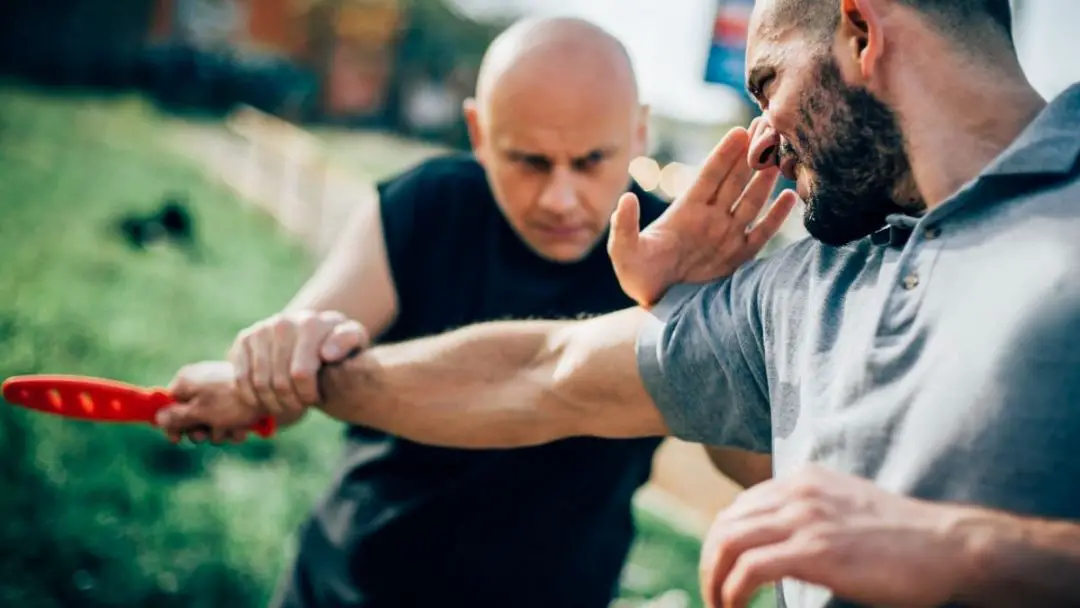
Knowing when it is appropriate to use a knife for self-defense is extremely important but can be somewhat of a gray area.
The main thing to think about when considering whether or not to use your knife for self-defense is whether your life is in danger or you fear severe bodily injury. Think about your situation from a judge’s or outside viewpoint and consider whether it is appropriate to use a deadly weapon.
The law is very hard on knife self-defense cases because knives are commonly used as weapons to attack and cause a lot of harm to people. You must be absolutely sure that a knife is the only option and anything else would result in severe bodily injury or death.
Sometimes you don’t even need to use your knife, and simply showing it will resolve the problem and make your attacker think twice about his actions. But you should carefully consider your options and only when there is no other way should you even draw your knife.
Using your knife for self-defense or even drawing it opens up a whole can of worms and problems that you should avoid at almost any cost. Knives should be carried as self-defense weapons but only used when there is no other option.
If you have decided that using a lethal weapon is the only way for you to get out of a situation alive or without serious injuries, make sure to only do what is necessary. Make your defense calculated and clean.
When the police show up to the scene and the person that attacked you has a lot of stab wounds all over their body, you suddenly look like the bad person. In comparison, a clean and simple cut to the forearm to stop an attack shows that you were only acting in self-defense and avoids suspicion.
Basically, only use your knife for self-defense when you absolutely need to and there is no other option, and if you do use your blade, keep your defense simple and clean to clearly show that you were acting in self-defense.
The Purpose of Using a Knife for Self-Defense
The main purpose of knives that are used for self-defense as well as self-defense in general, is to stop an attacker and avoid serious bodily injury to you.
This is important to keep in mind because many people seem to think that self-defense involves attacking someone. In fact, it is the complete opposite because your goal is to stop the attack and not get hurt. You don’t do any attacking, only prevention and defense.
The goal is to use the appropriate amount of force to stop the attack. There are times where people use too much force when acting in self-defense, and they start to cross the line into actually attacking their attacker.
As much as possible, don’t even try to use your knife. The effects of a knife can seriously impact someone’s life so it is important to really think through your actions before acting. There is no point in severely cutting someone’s arm in self-defense if there is a more peaceful solution.
However, there are times where you must use your knife in self-defense and it should be done with precision and care. Make it clean only do what is necessary to neutralize the threat and avoid injury.
Again, the entire point of using a knife for self defense is to stop a threat and avoid as much bodily injury to you and the attacker. It is really important to be able to analyze the threat and use the appropriate amount of force to keep you safe. After all, that is the main objective.
Conclusion
Overall, there are many different styles and techniques to defending yourself with a knife but the main thing to keep in mind is to keep the blade pointed at the threat and between you and it.
As you progress in skill and experience, you can learn new techniques and ways of holding the knife, but for most beginners, it is best to keep it as simple as possible. Learn some basic grips and techniques, but practice with whatever feels natural to you.
When you are in a situation where you have to defend yourself with a knife, you probably won’t remember everything you have learned and will rely heavily on reflexes and instincts. This is where practicing a lot comes in handy as well as just using what feels natural to practice with so you will be just as effective in a situation as you are in practice.
Another thing to remember is that not all attackers and threats should be dealt with using a knife. Once you pull a knife out, it’s like opening a can of worms full of legal trouble. Try not to use your knife if possible, but if you do have to, make it clean and clear that you were acting in self-defense.
It is also important to use the right amount of force for the threat that you are facing. Don’t cause more harm to your attacker than it is absolutely necessary to stop them and keep you safe.
Learn how to effectively and safely defend yourself with a knife and hope you never have to use your skills. But always be ready to use your knowledge and skills at a moment’s notice.
